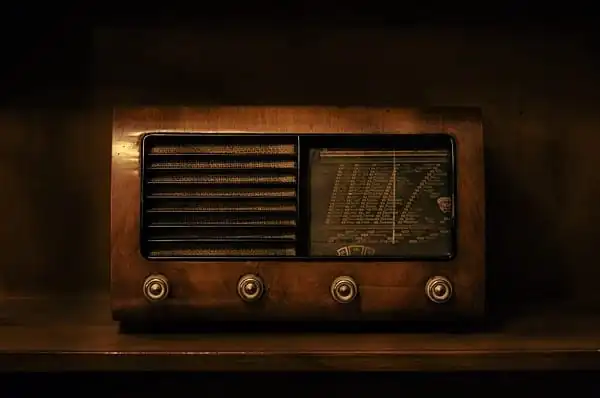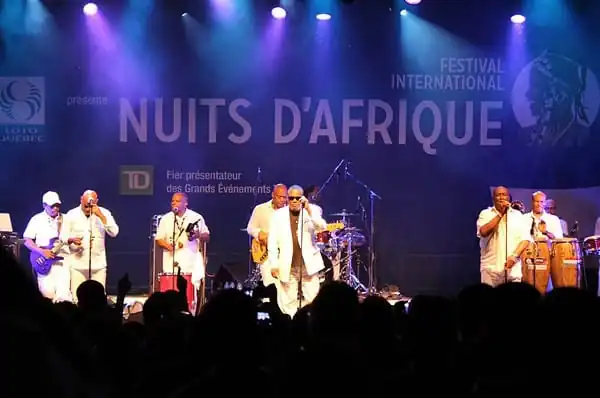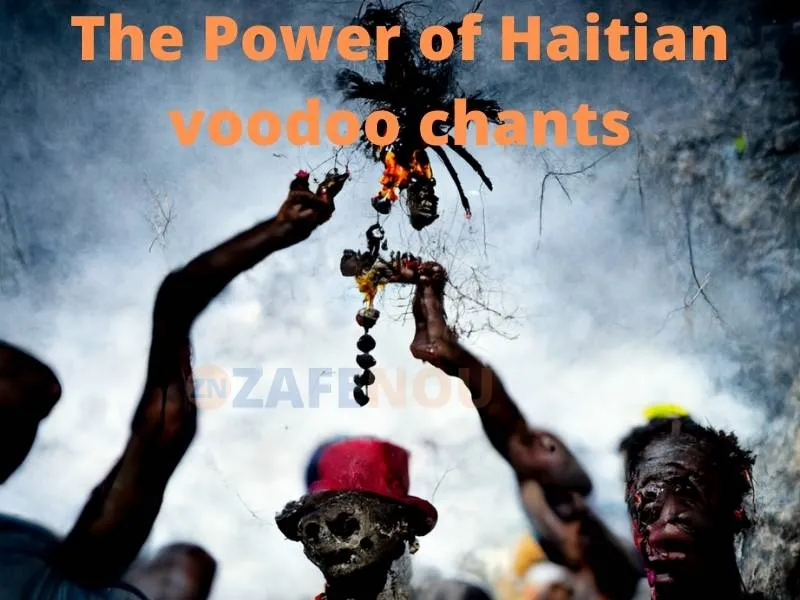With the recent mainstream triumph of Zafèm, the question arises anew: Can the iconic, infectious rhythm of Haitian music Compas successfully cross over and fuse with global beats to birth a unique sonic experience?
Is the Haitian Music Compas cross-over the next big revolution in the global music scene? Click now to delve into the potential of this exciting musical transformation.
Compas Has Entered the Global stage.
Zafèm’s new album LAS broke into the international charts, topping the Billboard World Music charts and generating huge viewership numbers on YouTube in the millions.
This definitely expanded the reach of Compas, introducing its driving rhythms and melodies to much broader audiences worldwide.

Prior to this, Compas was largely unknown outside of Haiti and its diaspora communities in the Caribbean, North America, Europe, and Africa.
Zafèm’s sudden chart success and viral videos signal that Compas may now have the potential to break free of its status as a regional genre.
But can Compas truly become a full-blown global phenomenon like Reggaeton, Dancehall, and Afrobeats?
Or, despite making promising inroads, will it remain primarily beloved in Haiti and its far-flung diaspora communities without ever leaping into the mainstream of global pop culture?
The Origins and Evolution of Haiti’s Quintessential Sound
To understand Compas’ origins, we have to go back to the 1950s when a new generation of innovative Haitian musicians blended African-derived rhythms like the Yanvalou and Congo with jazz big band influences coming from American swing, bebop, and New Orleans brass bands.
The result was an exciting and energetic new musical style that became centered around highly syncopated guitar riffs, punchy and propulsive horn lines, and incredibly intricate polyrhythmic percussion patterns.

This percussive section combined hand drums like congas and tambour with metallic instruments like claves, maracas, cowbells, and cymbals.
While clearly a product of the African diaspora like Cubano son, Jamaican ska, and Trinidadian calypso, Compas carved out its own unique and infectious sound.
Early Compas artists like Nemours Jean-Baptiste pioneered the genre in the 1950s, granting it stability so it could become the quintessential soundtrack of Haiti for generations to come.
Lyrics were almost always in Haitian Kreyòl, allowing sharp lyrical wit, amusing wordplay, and storytelling that reflected everyday Haitian life and culture.
This cemented it as a definitively Haitian genre rooted in the identity of its people.

As radio technology spread across the island nation in the 1950s and 1960s, Compas gained massive popularity. Whether blasting from club speakers or household radios, it became woven into the fabric of Haitian daily life.
This golden age of classic Compas spanned the late 1950s through the 1970s. Leading bands included some still popular today, like Tabou Combo, Magnum Band, and Les Frères Dejean.
These groups entertained huge crowds in Haiti and its diaspora with their irresistible dance grooves.
Some Compas Bands Reached International fame.
During Compas’ heyday of the 1970s through the 1990s, some bands did gain significant international fame, proving Compas could break free of Haiti’s borders.
Groups like Tabou Combo, DP Express, Coupe Cloue, and Gesner Henry extensively toured the Caribbean, North America, and Europe.

They found eager audiences within the Haitian immigrant communities in New York, Miami, Montreal, and Paris.
Legendary bandleader Nemours Jean-Baptiste spent years in the US touring and recording, collaborating with American jazz and salsa musicians. Compas bands got to perform their national music with pride for the growing diaspora abroad.
A few acts even attained limited mainstream visibility beyond the diaspora by appearing at international music festivals and releasing albums via foreign record labels.
For example, Tabou Combo and DP Express gained renown among world music aficionados in Europe and Latin America. Songs like Tabou’s “New York City” brought Haitian beats to a broader audience.
So Compas has had past success on the global stage, albeit within constraints. It continued to be primarily music that the far-flung Haitian diaspora and a small niche audience of world music enthusiasts would listen to.
Can Compas Make the Leap to Global Sensation?
Today, the question is: can contemporary Compas expand beyond those niches and its Caribbean homeland to become a full-fledged international pop phenomenon like similarly African-rooted genres like reggaeton and Afrobeats?
Some speculate that Compas faces obstacles. Critics argue that some modern Compas bands seem to prioritize commercial success over musical craftsmanship and innovation.
They simply replicate familiar formulas rather than exploring new frontiers sonically. Others counter that resurgent bands like Zafèm prove dynamic new Compas are still being created.

To gain greater youth appeal abroad, collaborations and fusions with currently popular international styles like hip-hop, reggae-dancehall, and electronic dance music could be fruitful avenues.
Some argue Compas needs this modernization to prevent it from seeming outdated or provincial.
Purists insist Compas must retain its connection to its roots and not lose sight of its tradition.
Advocates argue music education will be key so new generations of Haitian artists fully appreciate Compas as a culturally important and serious artistic genre.
With deeper knowledge of music theory and the genre’s history, young musicians can then innovatively update Compas without sacrificing its essence.
They will gain skills to create within themselves, not just imitate the foundations.
Regardless of its future direction, Compas remains a cherished cultural creation that sparks joy and fierce pride for Haitians worldwide.
Even if Compas never reaches global dominance, for the Haitian nation, it will persist as a definitive musical reflection of their culture.
But with the right balance of artistic integrity, innovation, and promotion, it could continue breaking barriers and potentially find wider international enthusiasm.
The world may come to appreciate Haiti’s quintessential soundtrack.



